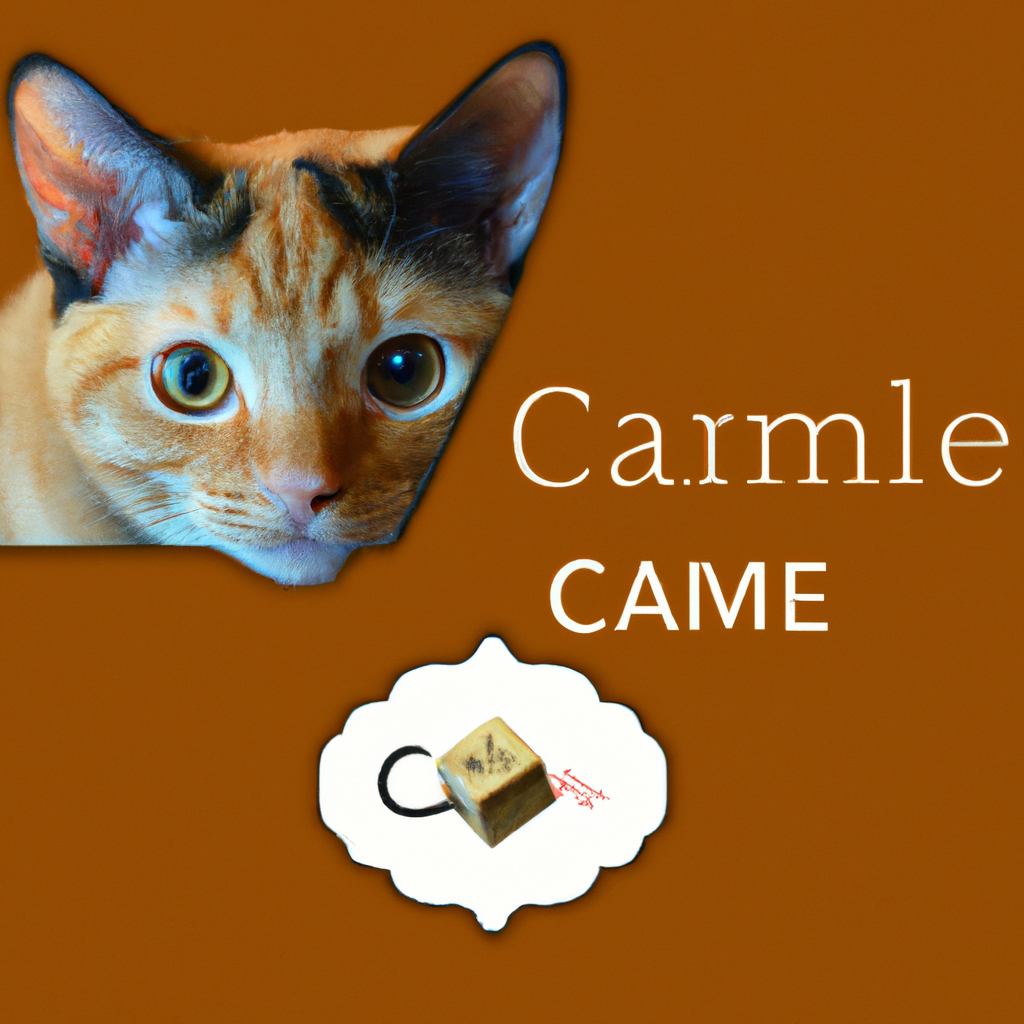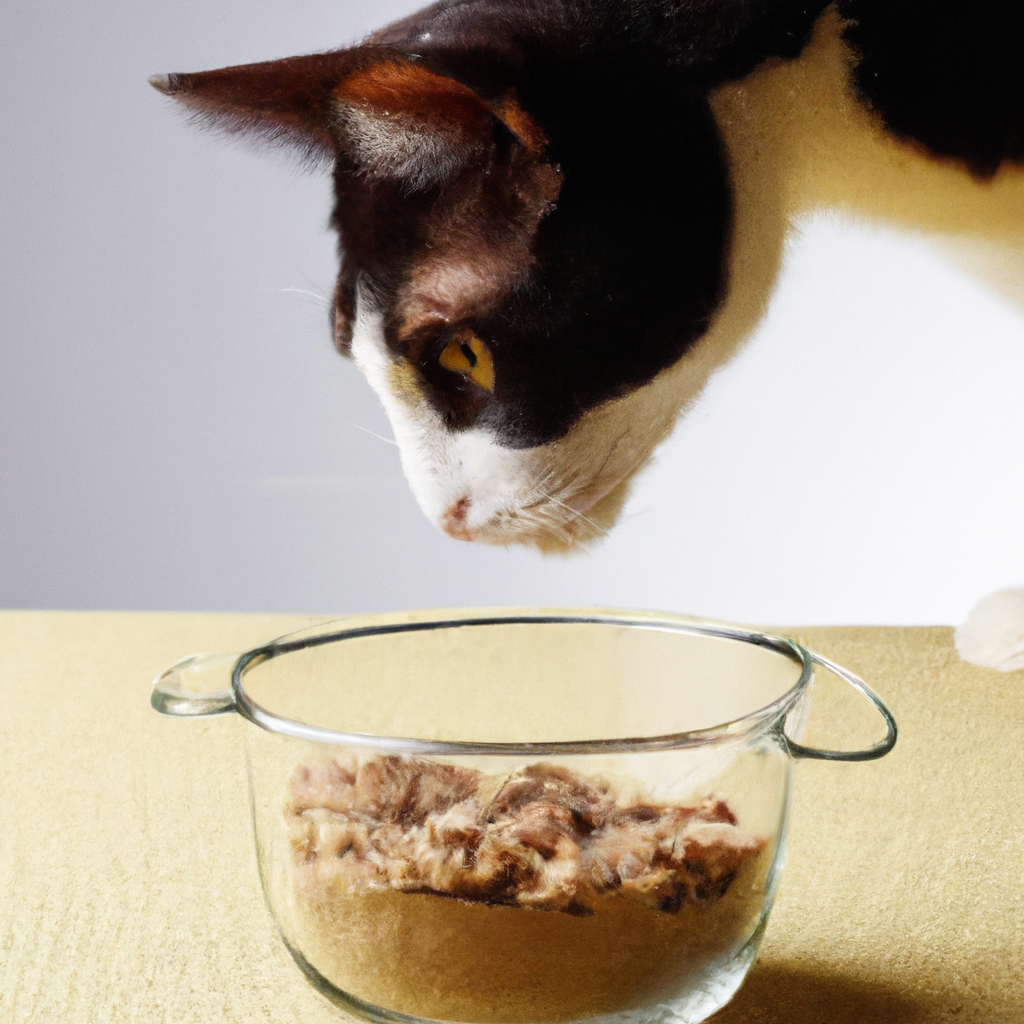Unraveling the enigmatic allure of felines, we delve into the peculiarities of their dietary preferences, with a particular focus on a sweet treat that is beloved by humans worldwide – caramel. This seemingly innocuous confection, a luscious blend of sugar and butter, has been the subject of much debate within the cat-loving community. Can cats partake in the enjoyment of this golden delight, or is it a forbidden indulgence? This comprehensive exploration will satisfy your curiosity, shedding light on the potential hazards and symptoms of caramel consumption in cats, the toxicity thresholds, and the appropriate actions to take should your feline companion sneak a taste.
While cats are known for their discerning palates, do they display the same fondness for caramel as their human counterparts do? As we explore the nutritional landscape of these enigmatic creatures, we’ll also delve into whether caramel holds any health benefits for our feline friends. Is it a sweet treat to be savored or a potential health hazard to be avoided?
As we journey through the labyrinth of feline gastronomy, we’ll also present safe alternatives to caramel that will satiate your cat’s sweet cravings without compromising their health. Finally, we’ll circle back to the cornerstone of feline health – nutrition, discussing the best food options for your beloved cat. So, whether you’re a seasoned cat owner, a new adopter, or simply a curious cat enthusiast, this in-depth analysis will serve as a beacon, guiding you through the complex world of feline dietary needs.
Is carmel Bad for Cats?
Yes, caramel is indeed bad for cats. Our feline friends may be beguiled by the sweet allure of caramel, but it’s a treat best kept to ourselves. Cats lack the necessary enzymes to properly digest sugars and other sweeteners found in human treats like caramel. This deficiency can lead to upset stomachs, diarrhea, and in severe cases, obesity and diabetes. Furthermore, caramel often contains milk, which many cats are intolerant to, exacerbating the potential for digestive issues. So, while the velvety texture and sweet taste of caramel might be tempting to share with your cat, it’s a temptation best resisted for their health and wellbeing.
Why is carmel bad for cats?
Yes, carmel is harmful to our feline friends. The primary reason is that cats lack the essential enzyme, glucuronyl transferase, needed to metabolize theobromine, a substance found in carmel. This deficiency means that even small amounts of carmel can lead to theobromine poisoning, which can be life-threatening for cats. Furthermore, carmel is high in sugar, which can contribute to obesity and diabetes in cats. It’s also worth noting that cats are obligate carnivores, meaning their diet should primarily consist of meat. Foods like carmel don’t have the necessary nutrients cats need and can cause digestive issues.
What are the symptoms of carmel Poisoning in Cats?
Recognizing the signs of carmel poisoning in cats is paramount for every cat parent. The symptoms can vary depending on the amount of carmel ingested and the cat’s general health. Initial signs may include restlessness, increased thirst, and frequent urination. As theobromine poisoning progresses, cats may exhibit more severe symptoms such as vomiting, diarrhea, rapid breathing, muscle rigidity, and seizures. In extreme cases, it can lead to heart failure or even death. If you suspect your cat has ingested carmel, it’s crucial to seek veterinary attention immediately. Remember, prevention is always better than cure, so it’s best to keep carmel and other human treats out of your cat’s reach.
How much carmel is toxic to cats?
There’s no specific amount of caramel that can be deemed toxic to cats, but it’s crucial to understand that cats should not consume caramel. As obligate carnivores, their digestive systems are designed to process meat, not sugars and dairy products, which are the main ingredients in caramel. Ingesting caramel can lead to a variety of health issues in cats, including obesity, diabetes, and dental problems. Moreover, the high lactose content in caramel can cause digestive issues such as diarrhea, as most cats are lactose intolerant. So, while a tiny lick might not harm your feline friend, it’s best to keep caramel and other sweets out of their reach. Remember, the healthiest diet for a cat is one that mimics its natural diet in the wild – high in protein, with minimal carbohydrates. When it comes to the question of cats and caramel, the wisest course is to err on the side of caution.
Can Cats Die From carmel?
No, but while cats won’t necessarily die from consuming caramel, it’s not a recommended treat for our feline friends. Caramel, like many other sweets, contains a high amount of sugar, which can lead to health issues such as obesity and diabetes in cats. Furthermore, caramel’s sticky consistency can also be a choking hazard or cause digestive problems. As a cat specialist and lover, I would advise against sharing your caramel treats with your furry companions. It’s always best to stick to cat-specific treats and foods, as they are specially formulated to meet the nutritional needs of cats. Remember, what’s delicious and harmless to humans might not be the same for our feline friends. So, when it comes to caramel and cats, it’s better to err on the side of caution.
What to do if cat ate carmel? How to help?
If your feline friend has indulged in a taste of caramel, it’s essential to monitor them closely for any signs of distress, as cats are not designed to digest sugary treats like caramel. Although a tiny lick might not cause serious harm, a larger amount can lead to upset stomachs, diarrhea, or even more serious conditions such as pancreatitis due to the high sugar and fat content. If your cat has consumed a large amount of caramel, or if they begin to show signs of discomfort, lethargy, or changes in behavior, it’s crucial to contact your vet immediately. They may recommend inducing vomiting or administering activated charcoal, depending on the quantity ingested and the time elapsed since ingestion. Remember, prevention is always better than cure, so it’s best to keep sweets and other human treats out of paw’s reach. In the end, the best treat for your cat is one that’s specially designed for their dietary needs, ensuring they stay as spry as a kitten and as wise as an old tom.
What will a vet do if a cat is poisoned by carmel?
If a cat is inadvertently poisoned by caramel, a veterinarian will immediately initiate a series of measures to mitigate the effects. The vet will likely induce vomiting to expel the toxic substance if the caramel was recently ingested. Subsequently, they might administer activated charcoal to absorb any remaining toxins in the cat’s system. Intravenous fluid therapy could be used to support kidney function and help the body flush out the toxins. In severe cases, hospitalization and close monitoring may be required to ensure the cat’s safety and recovery.
Do cats like carmel?
Yes, cats may show interest in caramel due to its sweet smell, but they do not inherently like or crave it. Felines lack the taste receptors for sweetness, rendering them unable to appreciate sugary treats the way humans do. Moreover, caramel can be harmful to cats due to its high sugar content, which can lead to obesity, dental problems, and even diabetes over time. Consequently, it’s important to remember that not all human foods are suitable for our feline friends, and it’s always best to stick to a diet approved by your vet.

Is carmel good (healthy) for cats?
No and despite the sweet allure of caramel, it’s not a healthy choice for our feline friends. Cats, being obligate carnivores, have a dietary structure that is primarily meat-based, and their bodies are not designed to process high levels of sugars found in caramel. Ingesting caramel can lead to obesity, diabetes, and dental issues in cats. Moreover, caramel often contains milk or cream, which many cats are lactose intolerant to, thus it can cause stomach upset or diarrhea. Therefore, it’s safe to say that caramel is not only unhealthy but potentially harmful for cats.

Are there safe alternatives to carmel for cats?
Seeking safe alternatives to caramel for your purring companion? While cats don’t have the same sweet tooth humans do, they might still enjoy a treat from time to time. Natural options such as small pieces of cooked chicken or fish, or specially designed cat treats are far more suitable. Commercially available catnip can also be a fun and safe treat. However, remember that all treats should be given in moderation and should not make up more than 10% of your cat’s daily caloric intake. Always consult with your vet before introducing any new foods into your cat’s diet to ensure they are safe and nutritionally balanced.
What is the best food for cats?
The best food for cats primarily consists of high-quality commercial cat food, which is specially formulated to meet their nutritional needs, including a high protein content, essential vitamins, minerals, and taurine. While there’s a myriad of feline cuisine available, the key is to ensure the food is complete and balanced for the age and health condition of your cat, be it wet or dry food. It’s also important to note that while cats may show interest in human food, not all are safe for them. For instance, an occasional question that arises among cat owners is, “Can cats eat caramel?”
While caramel is a delightful treat for humans, it’s not suitable for cats. Cats lack the necessary enzymes to process the sugars in caramel, which can lead to digestive issues. Moreover, the high sugar content in caramel can contribute to obesity and diabetes in cats. Therefore, it’s best to stick to cat-specific treats when you want to pamper your feline friend.
Remember, while it’s tempting to share your treats with your furry companion, their dietary needs are vastly different from ours. Always consult with a veterinarian before introducing new foods into your cat’s diet. This ensures your cat remains healthy and happy, relishing in the best food tailored for them.
Subscribe to our email newsletter to get the latest posts delivered right to your email.
